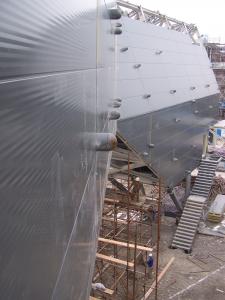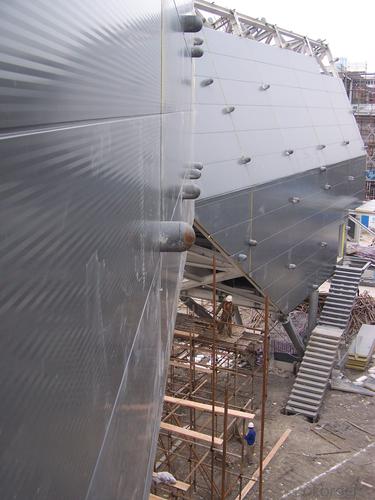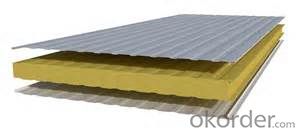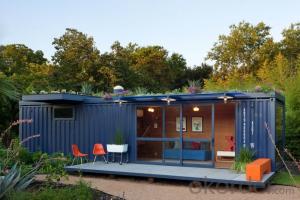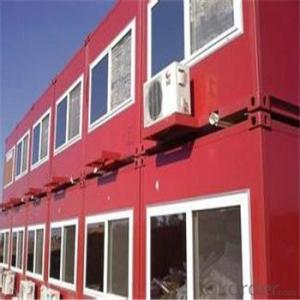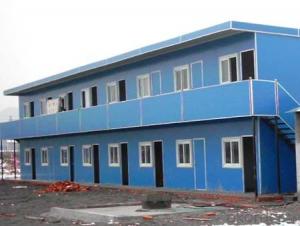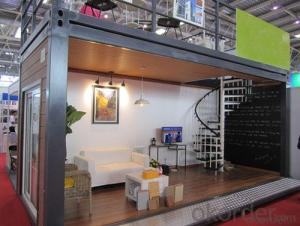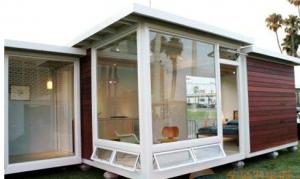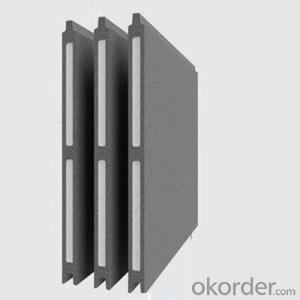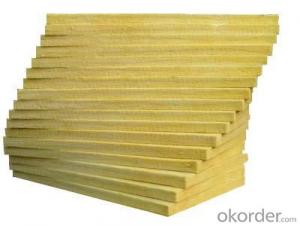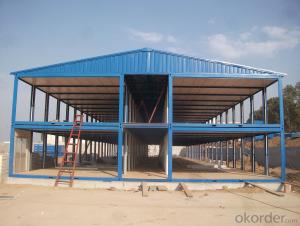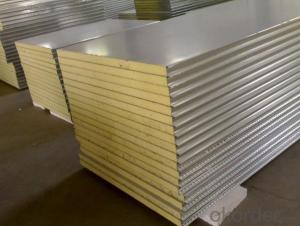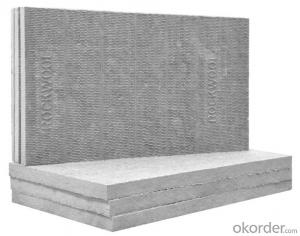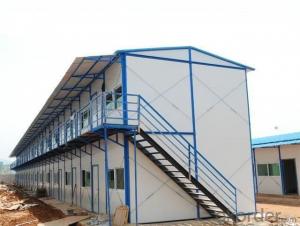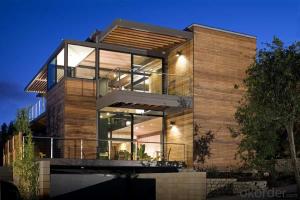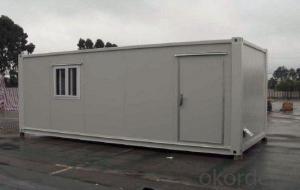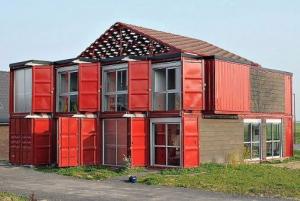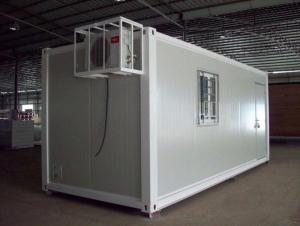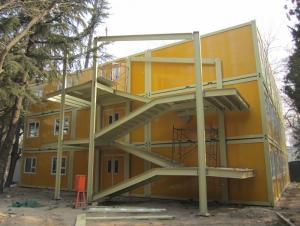Rock Wool Sandwich Panel High Density 50mm/75mm/100mm/150mm Made in China
- Loading Port:
- China Main Port
- Payment Terms:
- TT or LC
- Min Order Qty:
- 1 set
- Supply Capability:
- -
OKorder Service Pledge
OKorder Financial Service
You Might Also Like
Rock Wool Sandwich Panel High Density 50mm/75mm/100mm/150mm Made in China
A. Panels Description
If you have any projects , please kindly provide us the following information:
1.Dimension: length, width, height, eave height, roof pitch, etc .
2.Doors and windows: dimension, quantity,where to put them.
3.Local climate: wind speed, snow load, etc .
4.Insulation material :sandwich panel or steel sheet.
5.Crane beam: Do you need crane beam inside the steel structure?
6.Is there any material that is not allowed to import into the country where the project is
planning to discuss?
7.If you have other requirements, such as fire proofing, isolated roof,etc .Please also inform of us.
8.Inquiry with your confirmed drawing is preferred.
B. Window Sill & Head Detail
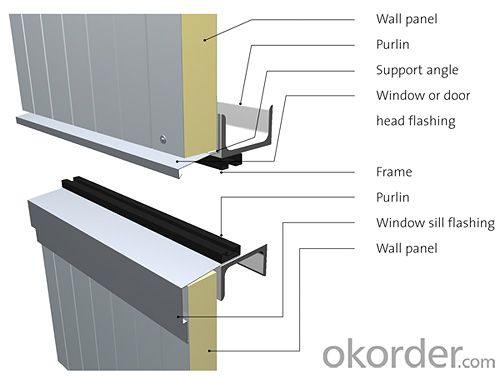
This Project is funded by one company in Hongkong in 2010, Our cabins are used as office by them.
In this project, All the container house are 30ft cabin, All the specifications are in accordance with CE standard Due to our high-quality products and considerate after-sale service, they have become one of our most loyal customers and continue to use our products as they are developing. The panels for this project are FP type and two--floor building, there are beautiful balcony one the first floor. The following is the detail information for the 30ft container house.
8'*30'
Type
| External | Internal | Built-up Area m2 | Weight KGS | Number of Wall Panels
| ||||
Length mm | Width mm | Height mm | Length mm | Width Mm | Height mm | ||||
30’ | 9120 | 2435 | 2790 | 8925 | 2240 | 2500 | 22.20 | 2770 | 20 (1 wall panel with door and 3 wall panels with windows included) |
C. Cabin Structure Configuration:
Name | Type | Material | Size |
Wall Panel
| 1.wall panel with steel sheet on both external and internal sides
2. wall panel with steel sheet on external side and chipboard on internal side
|
2.Mineral Wool 3.PU
| Width:1145mm
Thickness : Customizable (rang from 60mm to 100mm)
|
Door
| 1.Steel Door 2.Aluminum Door 3.Aluminum Alloy Door 4.PVC Door 5.Fireproof Door | 1.Honeycomb Paperboard 2.Mineral Wool 3.PU
| Ordinary Size: 950*1995mm 870*2040
Customizable |
Window
|
1.Sliding Window 2.Tilt & Turn Window |
1.PVC 2.Aluminum Alloy
| Ordinary Size: 945 x 1,200 mm 800 x 1,100 mm
Customizable
|
Electrical Installation
| Switch and Socket
| 1. CE Standard 2. Australia Standard 3. UL Standard |
|
Electrical Circuit |
|
|
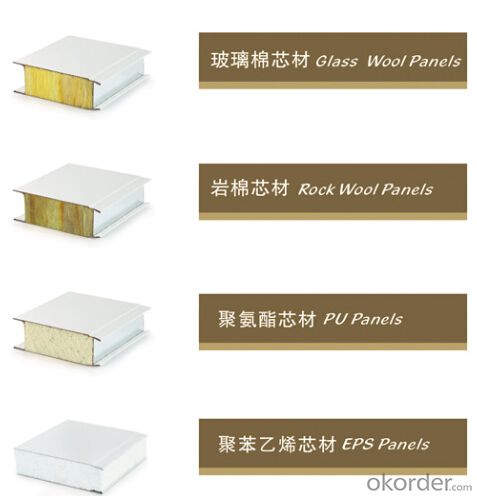
D. FAQ
1. Q: How much is this house?
A: Please provide with your house drawing and project location, because different design, different location effect the house materials quantity and steel structure program.
2. Q: Do you do the turnkey project?
A: Sorry, we suggest customer to deal with the foundation and installation works by self, because local conditions and project details are well knowb by customers, not us. We can send the engineer to help.
3. Q: How long will your house stay for use?
A: Our light steel prefab house can be used for about 70 years.
4. Q: How long is the erection time of one house?
A: for example one set of 200sqm house, 8 workers will install it within 45 days.
5. Q: Can you do the electricity,plumbing and heater?
A:The local site works had better to be done by the customers.
- Q: Can container houses be designed with a wheelchair-accessible layout?
- Yes, container houses can be designed with a wheelchair-accessible layout. With proper planning and design, container houses can be modified to include features such as wider doorways, ramps, accessible bathrooms, and open floor plans to accommodate wheelchair users. Additionally, adaptable furniture and storage solutions can be incorporated to enhance accessibility and maneuverability within the space.
- Q: Do container houses require special permits?
- Yes, container houses usually require special permits. The requirements for permits may vary depending on the location and regulations set by the local government or building authorities. In many cases, container houses are considered unconventional structures and may need additional approvals or permits to ensure compliance with building codes, zoning regulations, and safety standards. These permits may cover various aspects such as structural integrity, electrical and plumbing systems, insulation, ventilation, and occupancy permits. It is essential to consult with the local authorities or seek professional advice to understand the specific permitting requirements for container houses in your area.
- Q: Are container houses suitable for eco-resorts?
- Yes, container houses are suitable for eco-resorts for several reasons. Firstly, container houses are a sustainable and eco-friendly option as they repurpose old shipping containers, giving them a new life instead of letting them go to waste. This helps reduce the demand for new construction materials and minimizes environmental impact. Secondly, container houses are highly energy-efficient. With proper insulation and ventilation, they can maintain comfortable temperatures without excessive energy consumption. This is particularly important for eco-resorts that aim to minimize their carbon footprint and promote sustainable practices. Additionally, container houses can be easily integrated into the natural landscape of an eco-resort. They can be arranged in various configurations, allowing for a harmonious blend with the surrounding environment. This ensures that the resort maintains a low visual impact and preserves the natural beauty of the area. Moreover, container houses offer flexibility and scalability to eco-resorts. As the demand for accommodation fluctuates, additional container units can be added or removed, providing the opportunity for efficient space management. This adaptability allows eco-resorts to optimize their resources and reduce waste. Lastly, container houses are often affordable compared to traditional construction methods. This could make eco-resorts more accessible to a wider range of travelers, promoting sustainable tourism and raising awareness about environmental issues. In conclusion, container houses are a suitable and sustainable option for eco-resorts. They offer environmental benefits, energy efficiency, integration with nature, flexibility, and affordability. By incorporating container houses into their design, eco-resorts can enhance their commitment to sustainability and provide guests with a unique and eco-friendly experience.
- Q: Are container houses fireproof?
- Container houses are not inherently fireproof, but they have the potential to become fire-resistant through the implementation of appropriate construction techniques and materials. Being constructed from steel, shipping containers possess a higher melting point compared to wood, thus reducing the likelihood of ignition and fire propagation. However, it is crucial to acknowledge that the interior and exterior finishes, insulation, and other components of a container house remain susceptible to fire. To enhance fire resistance, container houses can be equipped with fire-rated materials such as gypsum boards, fire-rated insulation, and fire-resistant coatings. These measures serve the purpose of confining fires and impeding their spread, affording occupants additional time for evacuation and granting emergency responders an extended period to control the situation. Moreover, the installation of fire detectors, alarms, and sprinkler systems can further augment fire safety within container houses. It is important to emphasize that although container houses have the capacity to be made fire-resistant, they are not entirely fireproof. Similar to any other form of residence, they necessitate the implementation of effective fire prevention measures and regular maintenance to minimize the risks associated with fire.
- Q: Are container houses resistant to noise pollution or traffic noise?
- Container houses can provide some level of resistance to noise pollution or traffic noise, but it ultimately depends on the materials and construction methods used. The thick steel walls of shipping containers can help to block out some external noise, making them more resistant to noise pollution compared to traditional houses made of lighter materials. However, it is important to note that container houses can still be susceptible to noise penetration through gaps and openings in the structure, such as windows, doors, or ventilation systems. Therefore, proper insulation and soundproofing measures should be taken during the construction process to enhance their noise resistance capabilities. Installing double-glazed windows, using acoustic insulation materials, and sealing any gaps can significantly reduce the impact of traffic noise or other external sounds. Additionally, the location of the container house also plays a crucial role in determining its resistance to noise pollution. Placing the house away from busy roads or other noisy environments can further minimize the impact of traffic noise.
- Q: Can container houses be built with a balcony or deck?
- Yes, container houses can definitely be built with a balcony or deck. In fact, many container house designs incorporate balconies or decks to maximize outdoor living space and take advantage of the surrounding views. The versatility of container houses allows for various customization options, and adding a balcony or deck is one of them. Whether it's a small balcony off a bedroom or a larger deck for entertaining, these additions can enhance the overall functionality and aesthetic appeal of a container house. Additionally, the structural integrity of shipping containers makes them well-suited for supporting balconies or decks, ensuring a safe and sturdy construction.
- Q: Are container houses suitable for eco-tourism accommodations?
- Yes, container houses are suitable for eco-tourism accommodations. These houses are made from repurposed shipping containers, which helps reduce waste and minimize the environmental impact. By converting containers into sustainable accommodations, eco-tourism destinations can promote the principles of sustainability and environmental consciousness. Container houses are highly versatile and can be designed to blend seamlessly with the natural surroundings. They can be equipped with energy-efficient features such as solar panels, rainwater harvesting systems, and insulation to reduce energy consumption and reliance on traditional utilities. This allows eco-tourists to experience off-grid living while minimizing their carbon footprint. Furthermore, container houses can be easily transported to remote or environmentally-sensitive areas, providing visitors with the opportunity to enjoy untouched natural beauty without compromising the surrounding ecosystem. These accommodations can be designed to have minimal disturbance on the ecosystem, leaving a smaller ecological footprint compared to traditional construction methods. Additionally, container houses can be designed to incorporate sustainable and locally-sourced materials, further enhancing their eco-friendliness. By using materials such as bamboo, recycled wood, or natural fibers, these accommodations can promote sustainability while also showcasing the local culture and craftsmanship. In conclusion, container houses are a perfect fit for eco-tourism accommodations due to their environmentally-friendly nature, adaptability, and potential for sustainable design. They allow visitors to connect with nature while minimizing their impact on the environment, making them an ideal choice for eco-conscious travelers.
- Q: Are container houses suitable for yoga or wellness retreats?
- Indeed, container houses are well-suited for yoga or wellness retreats. They offer a distinctive and environmentally-friendly accommodation option that can enhance the overall experience of such retreats. Primarily, container houses can be easily tailored to create the perfect atmosphere for yoga or wellness activities. Their open floor plans allow for the creation of spacious and versatile yoga studios or meditation spaces. The ample natural light that can enter through large windows or skylights in these houses fosters a serene and peaceful environment, which is essential for yoga and wellness practices. Moreover, container houses can be designed to incorporate eco-friendly features that align with the principles of yoga and wellness retreats. These houses can be equipped with solar panels, rainwater harvesting systems, and energy-efficient appliances, thereby reducing their environmental impact and promoting sustainability. Furthermore, container houses offer the advantage of mobility. They can be easily transported to various locations, making them ideal for hosting retreats in different settings, such as near mountains, forests, or beachfronts. This mobility enables organizers to create unique and immersive experiences for participants, contributing to their overall well-being. Additionally, container houses are cost-effective compared to traditional brick and mortar structures. This affordability allows retreat organizers to allocate more resources towards creating meaningful experiences for participants. Consequently, yoga and wellness retreats become more accessible to a wider audience, promoting inclusivity and diversity. To conclude, container houses provide a suitable and sustainable option for yoga or wellness retreats. Their customizable nature, eco-friendly features, mobility, and cost-effectiveness make them an attractive choice for organizers seeking to create a serene and immersive environment that aligns with the principles of yoga and wellness.
- Q: Can container houses be built with a separate guest house or studio?
- Yes, container houses can definitely be built with a separate guest house or studio. Container houses are highly customizable and can be designed to fit various needs and preferences. By utilizing additional shipping containers or modifying the existing structure, it is possible to create separate spaces for guests or a studio within the container house. This allows for versatility and the ability to accommodate different living arrangements or creative spaces.
- Q: Are container houses noisy?
- Container houses can be noisy, but it largely depends on various factors. One of the main factors is the insulation used within the container. If proper insulation is installed, it can significantly reduce noise levels, making the container house quieter. Additionally, the location of the container house can also contribute to noise levels. If it is situated in a noisy or busy area, such as near a highway or airport, it is likely to be noisier compared to a container house in a quieter neighborhood. However, with the right soundproofing techniques, such as double-glazed windows and insulation in the walls, container houses can be made quieter and more comfortable to live in.
Send your message to us
Rock Wool Sandwich Panel High Density 50mm/75mm/100mm/150mm Made in China
- Loading Port:
- China Main Port
- Payment Terms:
- TT or LC
- Min Order Qty:
- 1 set
- Supply Capability:
- -
OKorder Service Pledge
OKorder Financial Service
Similar products
Hot products
Hot Searches
Related keywords
